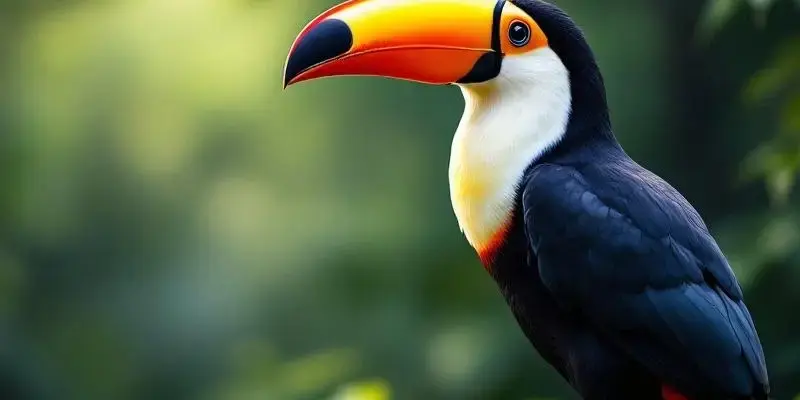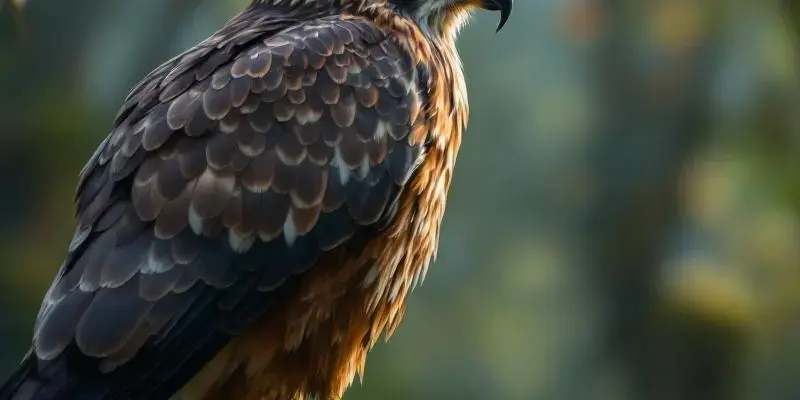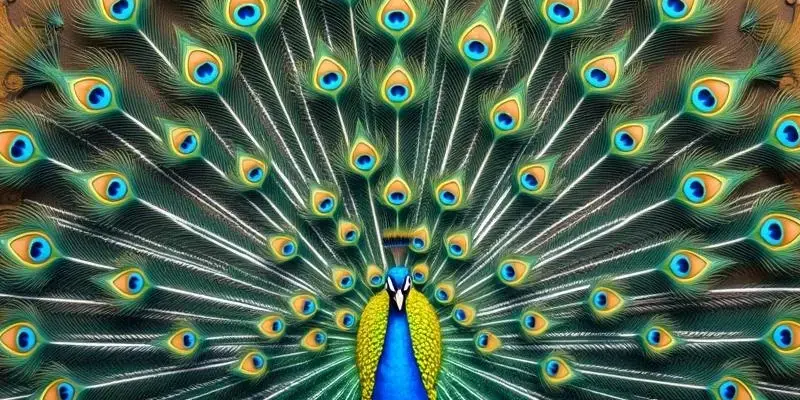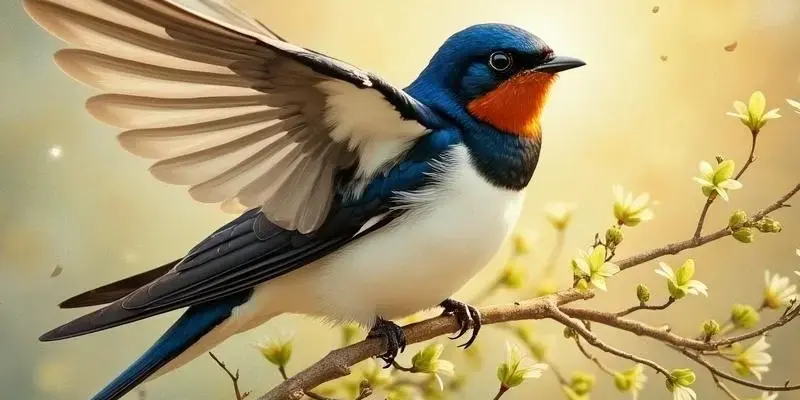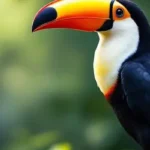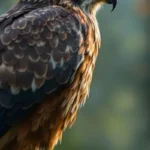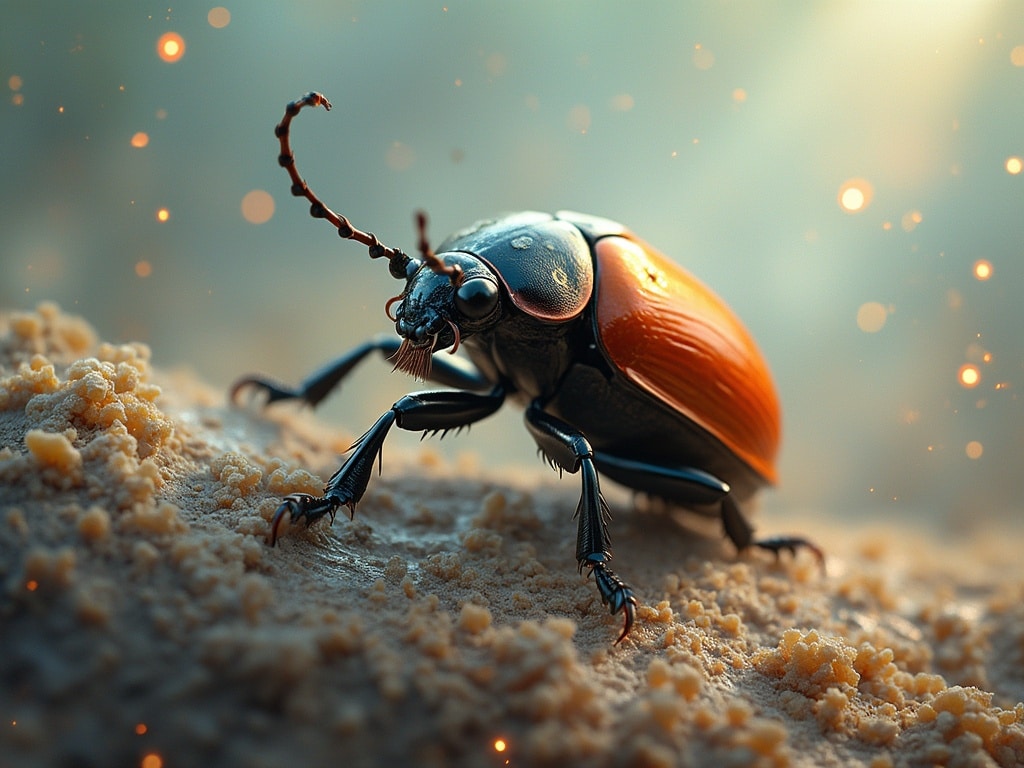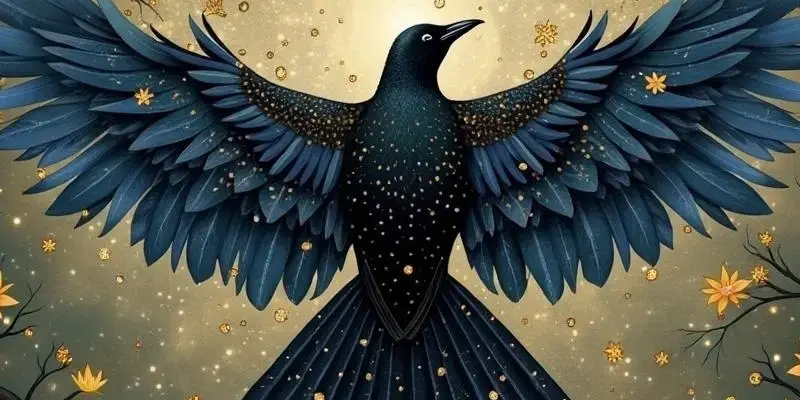Andean-condor spiritual meaning
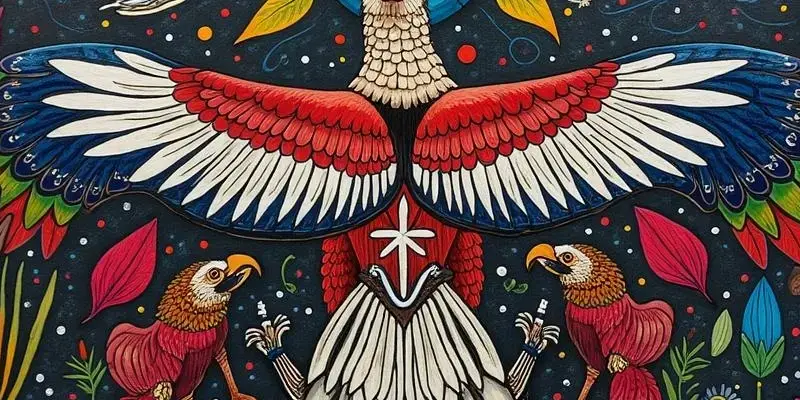
The Andean condor, with its impressive 10.8-foot wingspan, carries profound spiritual significance as a cosmic messenger and guardian in indigenous Andean cosmologies. Revered for millennia across South America, this majestic bird symbolizes transcendence between earthly and celestial realms while embodying transformation, vision, and spiritual wisdom.
Key Takeaways
- The Andean condor forms part of a sacred trinity in Inca cosmology alongside the puma and serpent
- Indigenous traditions view the condor as an immortal intermediary between humans and deities
- The Eagle and Condor prophecy positions the condor as representing the divine feminine aspect of civilization
- Despite cultural significance, the condor faces serious conservation challenges
- The condor’s role in ceremonial practices includes guiding spirits and bestowing wisdom
The Majestic Sky Guardian of the Andes
The Andean condor, known as “kuntur” in the indigenous Quechua language, dominates South American skies with remarkable physical attributes. Its wingspan reaches an astonishing 330 cm (10.8 feet) – comparable to the height of an average room. These magnificent creatures can soar to altitudes exceeding 5,500 meters (18,000 feet), realms where few other living beings can survive.
This physical dominance of the skies has cemented the condor’s status as a national symbol across South America. It represents Bolivia, Chile, Colombia, Ecuador, Peru, and Venezuelan Andean states. Artistic depictions of the condor date back to 2500 BCE, highlighting its deep cultural importance that spans thousands of years across numerous civilizations.
Cosmic Messenger in Indigenous Cosmology
In Inca cosmology, the condor holds a position of supreme importance. It rules Hanan Pacha (or Jananpacha), the celestial upper world, completing a sacred trinity with the puma (representing the middle world) and the serpent (symbolizing the lower world). The Incas believed the condor to be immortal, transcending the limitations of earthly existence.
The Muisca civilization of Colombia regarded the condor as a direct emissary of Sua, their sun deity. This connection to solar energy enhanced the bird’s spiritual significance. Similarly, Peruvian traditions link the condor with the heavenly Thunderbird, viewing it as a divine messenger between worlds.
Many Andean cultures attributed medicinal powers to condor bones and organs. While these traditional beliefs highlight the bird’s spiritual importance, they’ve unfortunately contributed to modern condor conservation challenges as some still seek these parts for ceremonial purposes.
Embodiment of Spiritual Transformation and Vision
The condor’s extraordinary “condor vision” – its ability to spot carrion from distances exceeding 15 kilometers – symbolizes spiritual clarity and heightened perception that comes with wisdom. This visual acuity represents the clear sight that spiritual development brings to those on a path of awakening.
As a carrion eater, the condor embodies a profound spiritual principle: endings represent new beginnings. By consuming what has died, the condor transforms death into renewed life. This natural function mirrors spiritual transformation processes where old patterns must “die” before new growth can emerge.
Indigenous traditions consider the condor a master intermediary between earthly and celestial realms. It carries prayers from humans to the gods and returns with divine answers. The Quechua understanding of the condor as immortal reflects its role as a timeless guide who witnesses the turning of ages while helping humans interpret cosmic cycles.
The Eagle and Condor Prophecy: Divine Balance
Central to many indigenous South American spiritual traditions is the Eagle and Condor prophecy. This prophecy positions the condor as representing the divine feminine aspect – the heart of civilization – while the eagle represents the divine masculine mind. The prophecy foretells a time when these energies reunite for global healing after centuries of separation.
The condor’s remarkable lifespan – up to 50 years in the wild and 80 years in captivity – connects to the prophecy’s generational timeline. This longevity symbolizes the sustained wisdom needed to bridge historical divides and restore balance between technological advancement and heart-centered wisdom.
Colombian indigenous groups specifically link this prophecy to their sacred yagé ceremonies. They view the condor as a spiritual guide through transformative experiences, helping participants access deeper understanding of the divine feminine principles that the condor embodies in the prophecy.
Cultural Icon Across the Andes
The Andean condor features prominently across South American national identities. It appears on stamps in Chile (1935), Ecuador (1958), Argentina (1960), Peru (1973), Bolivia (1985), Colombia (1992), and Venezuela (2004). This wide representation demonstrates its pan-Andean significance transcending political boundaries.
The condor graces coins and banknotes in Colombia and Chile and plays a central role in Peru’s annual Yawar Fiestas where it symbolizes Inca heritage. While North America has the bald eagle as its power symbol, the Andean condor serves this role across South America, representing different qualities in each nation – spiritual connection in Colombia, nobility in Peru, and strength for the Inca, Chibcha, and Arawak cultures.
These national representations help preserve cultural memory of the condor’s spiritual significance while creating modern connections to ancient wisdom. The bird serves as a living bridge between contemporary national identities and ancestral spiritual understandings.
Sacred Ceremonial Guide
In Colombian indigenous traditions, the condor plays a pivotal role in yagé (ayahuasca) ceremonies. It’s believed to guide spirits of the departed to the afterlife, serving as a psychopomp or soul guide. Considered a master teacher, the condor bestows wisdom and inspires prophetic abilities during ceremonial experiences.
As conservationist Benjamin Skolnik noted, condors “lifted my spirit and helped me on my way” – a sentiment echoed in many indigenous accounts. The condor represents the soul’s progression toward spiritual ascension through life lessons, appearing in visions during ceremonies to carry prayers and guide seekers through spiritual realms.
These ceremonial roles create a living spiritual tradition that continues today. Modern practitioners still report condor visions during sacred ceremonies, maintaining connections to ancestral wisdom while exploring contemporary spiritual questions. Like the albatross in oceanic traditions, the condor serves as a guide through the unknown.
Guardian in Crisis: Conservation and Spiritual Heritage
Despite its profound cultural significance, the Andean condor faces severe survival challenges. Listed as vulnerable, populations decline due to habitat loss and poisoning. Their slow reproductive cycle compounds these threats – requiring 7 years to reach maturity and producing only a single chick every other year makes population recovery extremely difficult.
The Andean Condor Conservation Network works diligently to protect this “cultural treasure,” as The Peregrine Fund describes it. Conservation efforts increasingly incorporate indigenous knowledge and spiritual perspectives, recognizing that cultural preservation and species protection are interconnected goals.
The condor’s deliberate reproductive pace mirrors the careful development of spiritual wisdom, creating a parallel between biological and spiritual growth processes. This connection helps conservationists communicate the importance of patience and long-term thinking in both ecological and spiritual contexts.
Living Bridge Between Worlds
The Andean condor embodies both the majesty and resilience of nature while bridging ancient traditions and contemporary spirituality. Just as it navigates complex air currents with grace, it helps spiritual seekers face life’s challenges with wisdom and perspective.
Its ability to transform death into life offers profound lessons for personal transformation. When we encounter endings in our lives, the condor teaches us to see the potential for new beginnings and spiritual renewal. This transformative power makes the condor a particularly relevant spiritual symbol for times of significant change.
From its earliest depictions in 2500 BCE art to modern conservation efforts, the condor continues to inspire reverence across cultures. Understanding its spiritual significance not only preserves indigenous wisdom but also motivates protection of this magnificent species for generations to come. As both physical being and spiritual symbol, the Andean condor remains one of South America’s most powerful connections to ancient wisdom and cosmic understanding.
The Andean condor carries deep spiritual significance in indigenous South American cultures as a cosmic messenger connecting earthly and celestial realms. With its massive 10.8-foot wingspan, this majestic bird symbolizes transformation, vision, and spiritual wisdom throughout Andean cosmologies. It’s revered as part of a sacred trinity in Inca belief systems alongside the puma and serpent. Despite its cultural importance, the condor faces serious conservation challenges due to its slow reproductive cycle and habitat loss. The Eagle and Condor prophecy highlights the bird’s representation of divine feminine energy that balances masculine principles for global healing.
| Key Aspect | Significance |
|---|---|
| Physical Attributes | 10.8-foot wingspan, can soar above 18,000 feet |
| Spiritual Role | Cosmic messenger, guardian between worlds |
| Cultural Position | National symbol across multiple South American countries |
| Symbolic Meaning | Transformation, spiritual vision, wisdom, immortality |
| Conservation Status | Vulnerable, facing population decline |

